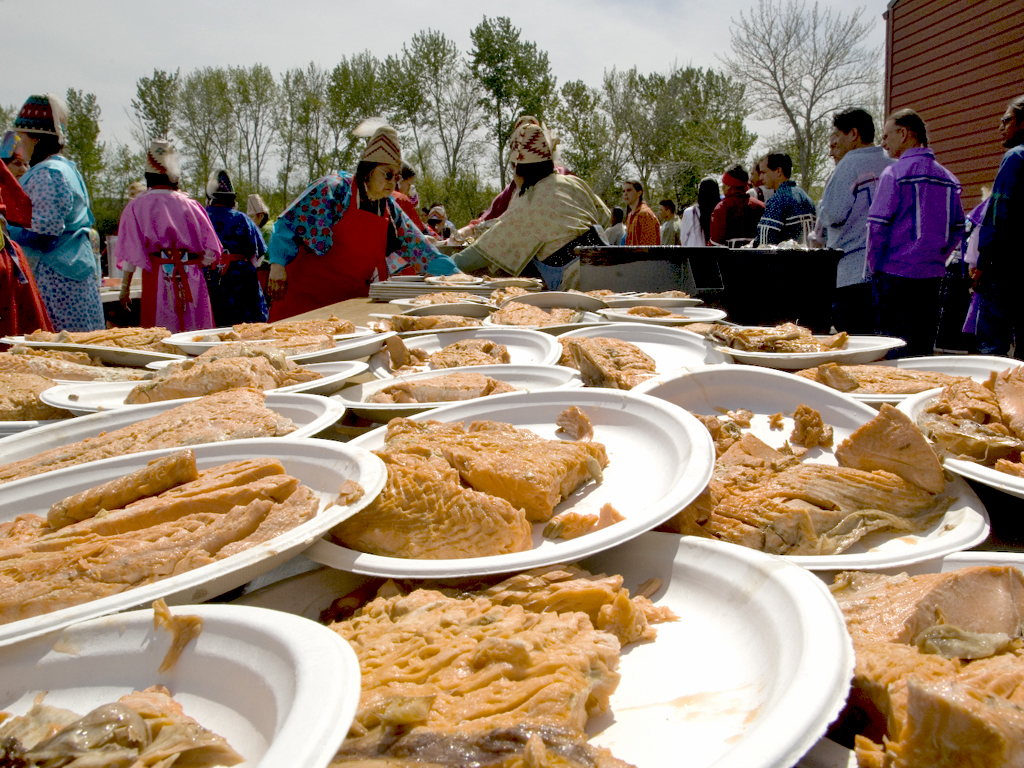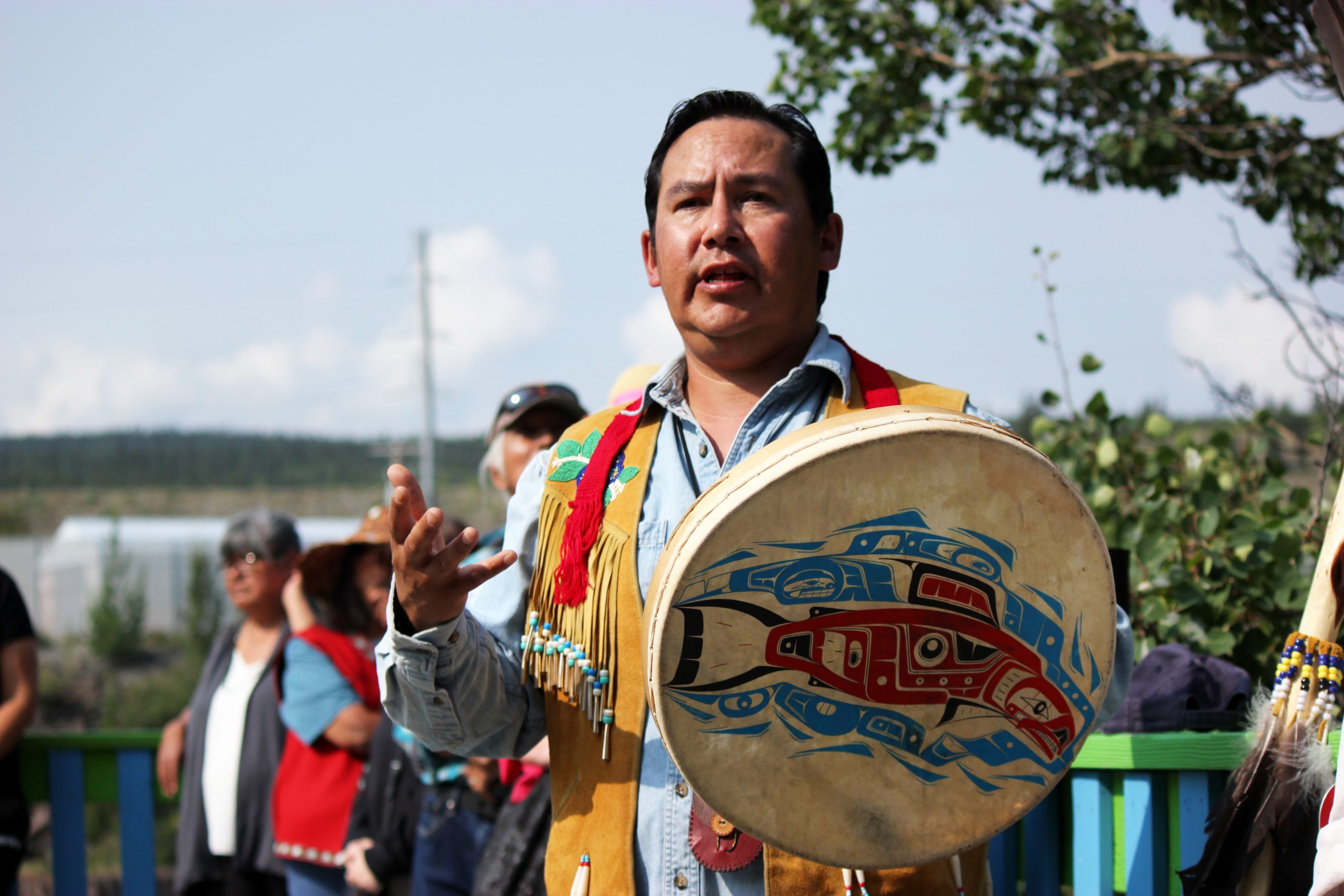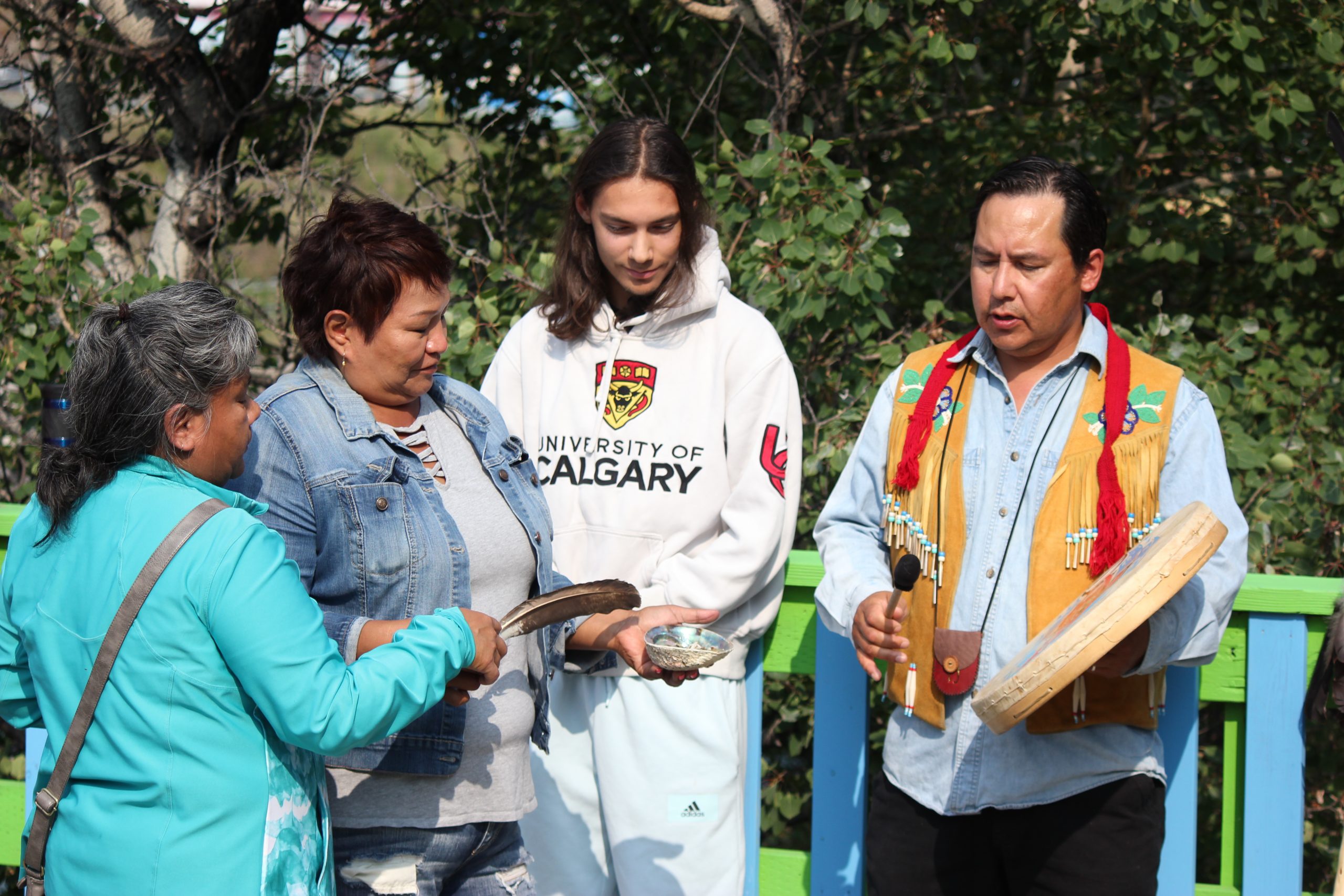
Spokane Tribe First Salmon Ceremony: Honoring the Sacred Fish That Feeds the People
On the banks of the Spokane River, where the water flows with the ancient memory of a vibrant ecosystem, the Spokane Tribe gathers annually for their First Salmon Ceremony. This isn’t merely a tradition; it is a profound act of reverence, a testament to an enduring spiritual contract between the people and the sacred fish that has sustained them for millennia. More than a celebration, it is a living prayer, a solemn acknowledgment of gratitude, and a powerful reaffirmation of identity for a people deeply rooted in the land and its life-giving waters.
For the Spokane Tribe, as with many Indigenous peoples of the Pacific Northwest, salmon is far more than a food source. It is a relative, a provider, a teacher, and a cornerstone of their cultural, spiritual, and economic existence. Before the arrival of settlers and the construction of dams, millions of salmon migrated up the Spokane River and its tributaries each year, their silvery bodies flashing as they returned to spawn. This abundance shaped every aspect of tribal life, from their language and stories to their governance and social structures. The First Salmon Ceremony, therefore, is not just about the first catch of the season; it’s about honoring the entire species, ensuring its return, and expressing thanks for its sacrifice.
The ceremony itself is steeped in ancient protocols, a meticulously observed sequence of actions designed to show the utmost respect for the salmon. When the first salmon of the season is caught, it is not immediately consumed. Instead, it is treated with a reverence usually reserved for a beloved elder. The fish is brought to the ceremonial grounds, often a designated sacred site along the river. Elders, who serve as the keepers of knowledge and tradition, lead the proceedings, their voices carrying the weight of generations of wisdom. They are the conduits through which the ancient ways are passed down, ensuring that the younger generations understand the depth of their heritage.
Central to the ceremony is a series of prayers and blessings offered in the ancestral language, often accompanied by traditional songs and drumming. These aren’t just words; they are heartfelt expressions of thanks to the Creator, to the salmon, and to all living things that contribute to the balance of life. The prayers often acknowledge the salmon’s journey, its strength, and its willingness to give its life so that the people may live. "We pray for the salmon’s return, for its strength to navigate the waters, and for its spirit to continue to feed our people," an elder might intone, their words echoing the collective hope and faith of the community. The sacred smoke of burning cedar or sage, used in smudging rituals, purifies the space and carries the prayers to the spirit world.
Following the prayers, the first salmon is carefully prepared according to specific traditions. This is not a casual cooking process but a sacred act. Often, the fish is roasted over an open fire on cedar planks, allowing its natural flavors to emerge. Every part of the fish is honored, with no waste. The preparation is communal, involving many hands, symbolizing the collective effort required to sustain the community and the environment. Once cooked, small portions of the salmon are shared among all participants, especially the children, who are given the first taste. This act of communal eating is deeply symbolic: it signifies the shared blessing, the nourishment of body and spirit, and the continuation of life. The bones of the first salmon are meticulously collected and returned to the river, a crucial part of the ceremony. This act ensures that the salmon’s spirit can return to its home, inform the other salmon of the respectful treatment it received, and encourage the rest of its kind to follow. It’s a promise kept, a reciprocal relationship honored.

The significance of this ceremony extends far beyond the moment of consumption. It is a powerful teaching tool, particularly for the youth. In an increasingly modern world, where the connection to traditional food sources can be tenuous, the First Salmon Ceremony grounds young Spokane tribal members in their identity and heritage. They learn about the interconnectedness of all life, the importance of stewardship, and the value of gratitude. They learn that the land and its resources are not simply commodities to be exploited, but sacred gifts to be respected and protected. As one tribal educator might explain, "When our children taste that first salmon, they’re not just tasting fish; they’re tasting thousands of years of our history, our survival, and our spirit. They’re tasting their ancestors."
However, the Spokane Tribe’s relationship with salmon has been profoundly impacted by historical events. The construction of the Grand Coulee Dam in 1941, located downstream from the Spokane Tribe’s ancestral lands, was a catastrophic blow. Without fish ladders, the dam completely blocked salmon migration to the upper Columbia River and its tributaries, including the Spokane River. This single act severed a lifeline that had sustained the Spokane people for millennia, leading to the local extinction of salmon runs and devastating the tribe’s economy, culture, and spiritual practices. The silence of the once-vibrant salmon runs was a painful reminder of what was lost.
Despite this immense loss, the Spokane Tribe never forgot their sacred connection to the salmon. Even when salmon no longer returned to their waters, the ceremonies continued, often with salmon brought from other areas or symbolically represented. It became an act of cultural resilience, a refusal to let the spirit of the salmon die within their hearts. Today, there are renewed efforts to bring salmon back to the Spokane River. The Spokane Tribe is at the forefront of these initiatives, working with government agencies and other tribes to explore fish passage solutions and habitat restoration. Their advocacy is not just about environmental recovery; it is about cultural healing and justice. The First Salmon Ceremony today often incorporates prayers for the success of these restoration efforts, transforming it into a powerful symbol of hope and determination.
The First Salmon Ceremony is also a statement of sovereignty and self-determination. By performing these ceremonies, the Spokane Tribe asserts its inherent rights to manage and protect its traditional resources and to practice its cultural traditions without external interference. It is a demonstration of their ongoing stewardship of the land and water, a role they have held since time immemorial. The ceremony invites non-Native guests and partners to witness and understand, fostering dialogue and promoting a deeper appreciation for Indigenous ecological knowledge and cultural values. It’s an opportunity for outsiders to learn about the profound responsibilities that come with living in harmony with nature, a lesson sorely needed in the modern world.
In essence, the Spokane Tribe First Salmon Ceremony is a living tapestry woven from threads of history, spirituality, community, and environmental consciousness. It is a poignant reminder that true sustenance comes not just from the food itself, but from the respectful relationship with the earth that provides it. As the Spokane River flows, carrying with it the hopes of a renewed ecosystem, the First Salmon Ceremony stands as an enduring symbol of a people’s resilience, their profound gratitude, and their unwavering commitment to honoring the sacred fish that has, and always will, feed their spirit. It is a powerful narrative of survival, remembrance, and the unyielding hope for a future where the silvery flash of salmon once again graces the waters of the Spokane, completing the ancient cycle of life.
